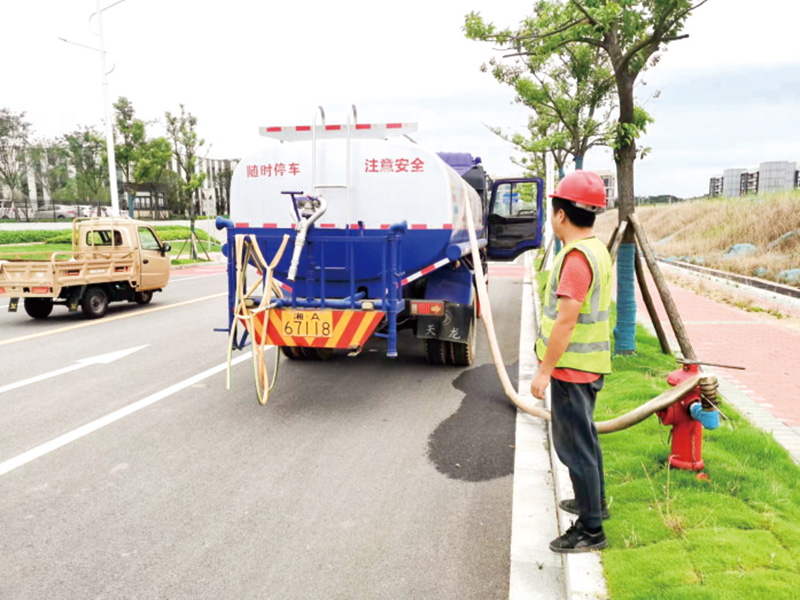Poverty-stricken counties encounter "rich disease": 80% of internal medicine patients are cardiovascular and cerebrovascular patients.
If you open the column,
According to the survey, 42% of the poor households who set up their cards were poor due to illness. The "Thirteenth Five-Year Plan" period is a period of getting rid of poverty and attacking hard bones, attacking cities and pulling out villages. How can we get rid of the hard bones caused by illness?
This edition launched a series of reports on "Stopping Poverty Caused by Illness" today, introducing the exploration and experience of various places. The first part introduces the solution path of Daning County, Shanxi Province: helping and strengthening county-level hospitals, improving the ability of diagnosis and treatment at the grassroots level, and reducing the burden of medical treatment for ordinary people; At the same time, establish front-end control, carry out health science popularization and high-risk population screening, actively treat the disease before it happens, and reduce the chance of people getting sick.
"County hospitals account for 70% of internal medicine patients, and 80% of them are patients with cardiovascular and cerebrovascular diseases." Daning, Shanxi Province was originally a poor county, with no resources on the ground and no mineral deposits underground. Unexpectedly, it suffered from this kind of "rich disease" that occurred frequently in economically developed areas.
Getting rid of poverty in an all-round way, getting poor due to illness and returning to poverty due to illness are unavoidable "hard bones". According to the survey, 42% of the poverty-stricken households who set up the card are poor due to illness. What should a small mountain county with "rich disease" do? Where is the difficulty? The reporter conducted an interview.
Eating less meat, vegetables and salt will bring cardiovascular and cerebrovascular diseases.
Daning’s turnaround in stopping poverty caused by illness began in 2015. In this year, the Provincial Health Planning Commission organized experts from the First Hospital of Shanxi Medical University, the Provincial Children’s Hospital and the Linfen People’s Hospital to form the Daning County Health and Family Planning Poverty Alleviation Task Force, and sank to the county hospital. Counterpart assistance.
Li Yang is the deputy chief physician of the Department of Neurology, the First Hospital of Shanxi Medical University. After arriving in Daning, he was appointed as the vice president in charge of medical treatment. He found that "70% of the internal medicine patients in county hospitals, 80% of whom are patients with cardiovascular and cerebrovascular diseases."
According to Li Yang’s analysis, the reason for the frequent occurrence of this disease lies in diet. "If the diet is heavy in oil and salt, it is easy to suffer from hypertension and hyperlipidemia, and hypertension is the primary risk factor for cardiovascular and cerebrovascular diseases. Generally speaking, eating meat and vegetables is less, and salt is heavy before eating. The lack of health concept leads to low awareness rate, low control rate and high prevalence rate of hypertension in the local area. "
Sure enough, many patients in the inpatient department are like this. 82-year-old Li Xiue came to the hospital after feeling dizzy and uncomfortable, and found that her blood pressure reached 140— 150。
Li Yang asked her, "How often do you eat meat? Do you eat much food? " Li Xiue said, "Meat can’t be eaten once a month, vegetables are rarely eaten, and salt is heavy." Hearing this, Cao Huiting, a 58-year-old son, was embarrassed. "Last year, more than 10 mu of land was confiscated, and seed fertilizers were lost. This time, I also borrowed money to be hospitalized."
45-year-old Wang Aimei and Li Xiue live next to each other. Her family has inherited hypertension, her mother died of cerebrovascular disease, and her father also suffered from cerebrovascular disease. She takes medicine every day, but she still likes to eat salt every meal.
The combination of poverty and illness makes it easy to return to poverty due to illness. According to statistics, Daning County has a total population of 69,000, including 36,000 poor people, and nearly 10,000 people are poor due to illness or disability, accounting for 28% of the total poor people.
Looking at the whole country, Daning may not be an isolated case. To get rid of poverty, health intervention should suit the remedy to the case, especially to prevent poor counties from getting "rich disease"
On April 5, following Daning, the Provincial Health Planning Commission sent medical poverty alleviation teams to Yonghe County, Wuzhai County and Xingxian County, which are located in the concentrated and contiguous areas of Luliang Mountain. It is reported that the implementation of medical poverty alleviation in Shanxi and the prevention of returning to poverty due to illness through health intervention have entered the normalization.
Helping county hospitals to alleviate the difficulty and expense of seeing a doctor
Poor county poor medical care, first arrived at the county hospital, Li Yang insomnia for half a month.
Why? There is no fixed doctor in the emergency department for many years, no pathological room for regular work, the supply room can not meet the needs of clinical departments, and the laboratory department has not carried out bacterial culture for many years, which can not provide biological support for hospital feeling and clinical antibiotic use; The inpatient department is an old building in the 1980 s, with no elevator and no bathroom; The operating room space is narrow, which leads to unreasonable layout and incomplete functional areas.
Now that half a year has passed, the county hospital has greatly improved its department settings, medical procedures and diagnosis and treatment norms. Lei Ruifang, the president of the county hospital, is happy. "Without help, I was promoted from a second-class hospital to a second-class hospital?" Don’t even think about it! "
According to reports, in view of the weak links in county hospitals, the task force has tackled key problems in multiple disciplines and established and improved intensive care units, emergency rooms, infectious diseases departments, neonatal wards and equipment departments; Standardize the layout and process of operating room, delivery room, disinfection supply room and abortion room, basically achieve reasonable partition of cleaning and pollution, and so on.
With the help of the task force, the clinical skills of internal medicine in county hospitals have been improved, standardized training has been given to the diagnosis and treatment of nervous system diseases, and a standardized process of thrombolysis for emergency stroke has been established, which initially meets the conditions of intravenous thrombolysis for patients with cerebral infarction time window and improves the treatment level of cerebrovascular disease in the acute stage.
At the same time, the hospital has also set up a patient service process with eye-catching signs, providing patients with convenience measures such as medical guidance, health education materials, drinking water, parking, wheelchairs and accompanying inspections.
Wang Yuhong, deputy director of the County Health Bureau, said, "Health assistance has really played a big role. People now go to the county hospital for medical treatment, all of which are diagnosed by experts in the province, and the proportion of reimbursement is also high. The medical level of county hospitals has improved. Patients choose to go to county hospitals for medical treatment and hospitalization, which not only facilitates medical treatment, but also saves transportation and accommodation expenses incurred by going to other places for medical treatment, alleviating the difficulty and expensive medical treatment for ordinary people. "
According to reports, only two diseases, cerebral infarction and caesarean section, are taken as examples: the cost of going out for medical treatment is 2,500 yuan and 1000&mdash higher than that of county hospitals; 1500 yuan, and the reimbursement rate is 10% lower. After the medical level of county hospitals improved, the number of outpatients increased from 29,001 in 2014 to 33,942 in 2015, an increase of 17%.
Make up lessons in health, and screen high-risk groups for treatment.
Prevention is the only way to get rid of the root cause. In 2015, Daning formulated the "Health Education Work Plan" and built a county (CDC) — Township (township hospitals) — A new model of integrated health education in villages (health huts).
From this, the first healthy hut in the county was built in Rugu Village, Taide Township. Villagers can measure their blood pressure, measure their height and weigh themselves in the hut, and they can also gain knowledge about healthy eating and prevention of chronic diseases.
Wang Yinke, director of the County Center for Disease Control and Prevention, said that with a healthy hut, disease control and prevention will have a "stagnation point". Disease control and prevention will join hands with township hospitals to carry out health science popularization, gradually cultivate rural public health personnel and ignite the flames of rural health communication.
At the same time, the county hospital introduced the stroke prevention project of the National Health and Family Planning Commission, actively established the database of high-risk groups of cardiovascular and cerebrovascular diseases among the elderly in the county, and implemented full coverage grid management, in order to improve the prevention and control of cerebrovascular diseases in the county and reduce the incidence and recurrence rate of cerebrovascular diseases. At present, the pilot project has been completed in Taide Township. A total of 1,296 people over 40 years old have been screened and 268 high-risk people have been found.
Li Yang said that according to the intervention and management network system linked at the county and village levels, Daning will conduct inspections every two months for the screened high-risk groups of cardiovascular and cerebrovascular diseases, understand the control of risk factors, improve electronic files and report them to the internal medicine department of the county hospital, and then the county hospital will provide technical guidance on the inspection results; The county hospital carries out blood sugar and blood lipid test and blood vessel examination once a year, and the First Hospital of Shanda University carries out intervention effect evaluation and treatment guidance.
In the next step, county hospitals will explore the implementation of the family doctor system for high-risk groups, and physicians will contract high-risk groups in various towns and villages in pieces to implement full coverage grid management, leaving no blank areas for prevention and control. In case of acute attack of cardiovascular and cerebrovascular diseases or poor control of risk factors, you can directly contact doctors in county hospitals for treatment, so as to move forward the prevention and control barrier, truly improve the level of prevention and treatment of cardiovascular and cerebrovascular diseases in the county and reduce the medical burden of the people.
(Reporter Zhou Yajun)

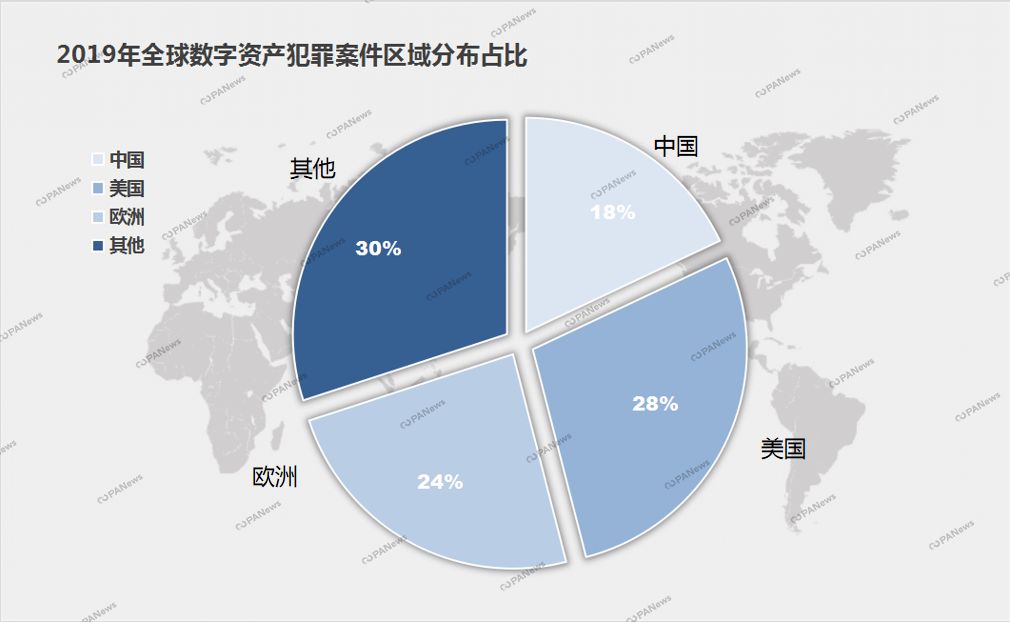
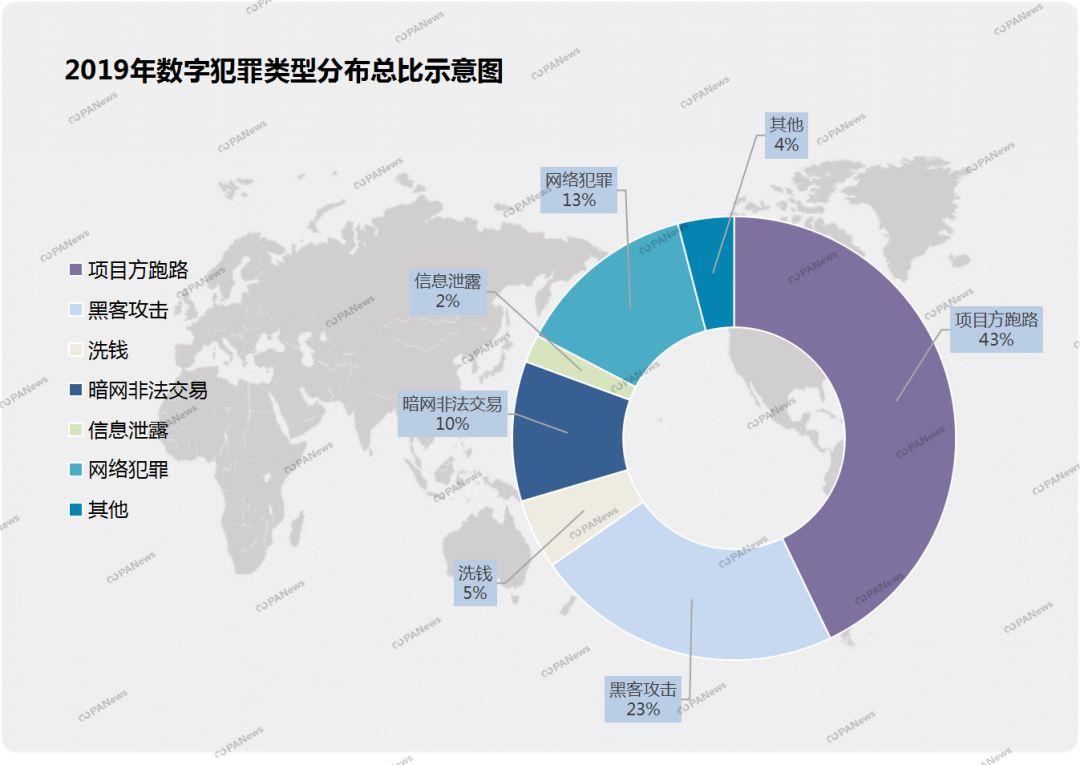
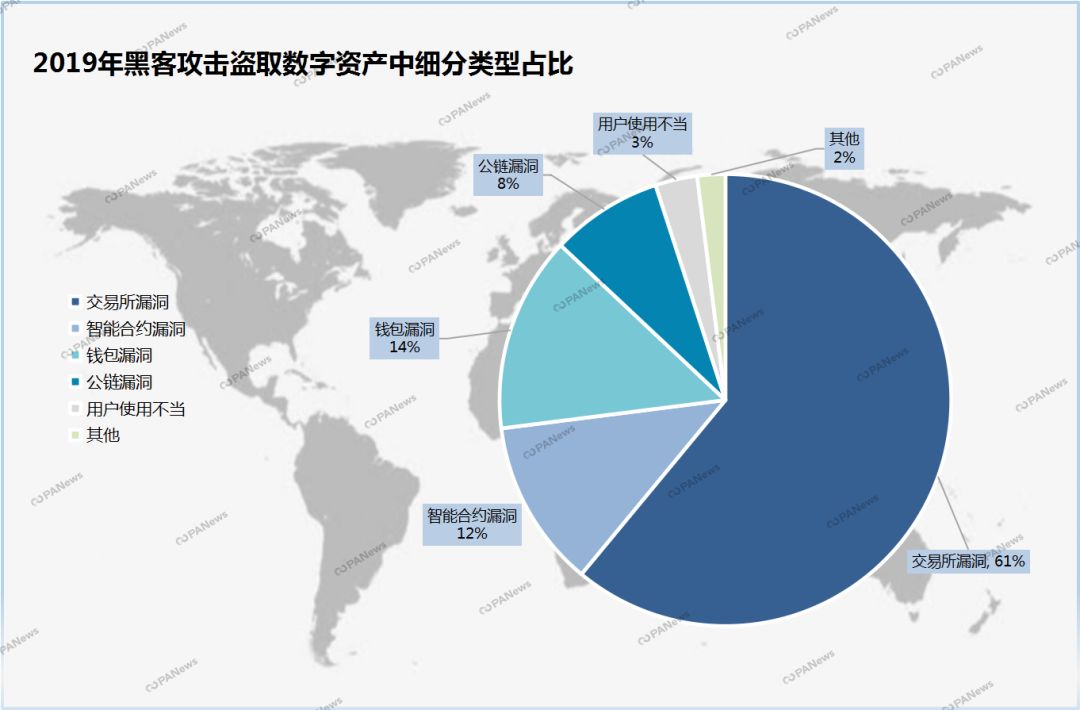
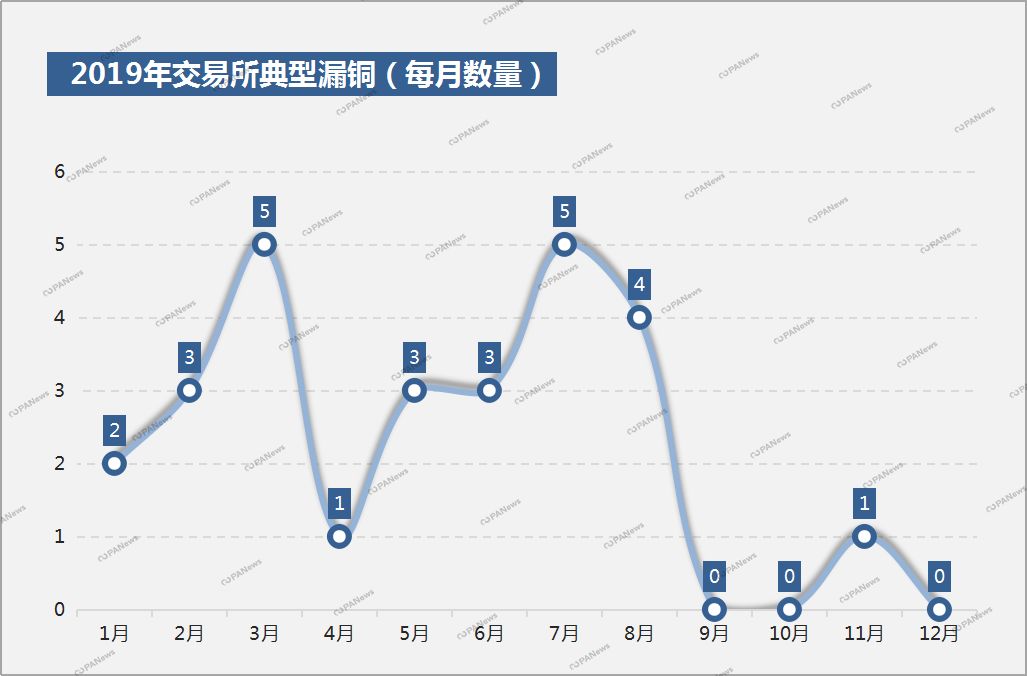

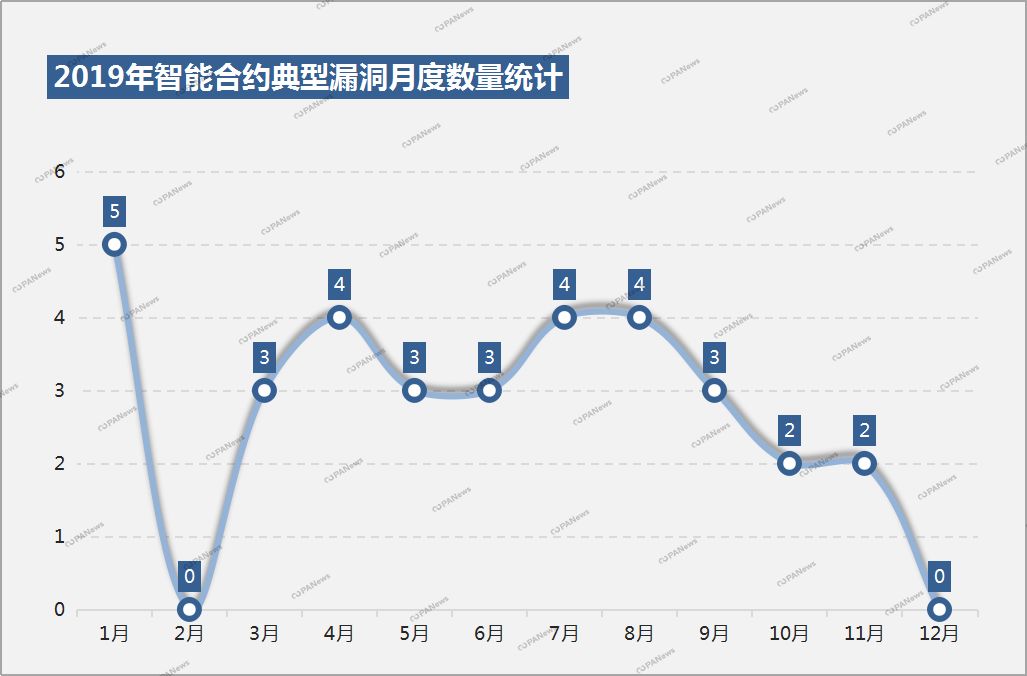

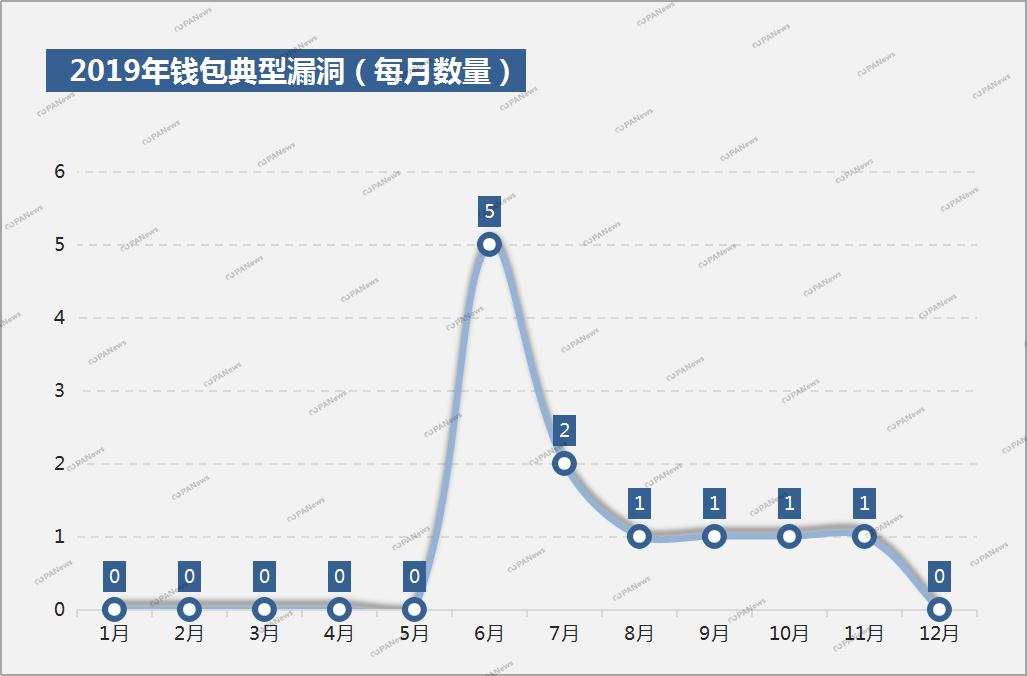

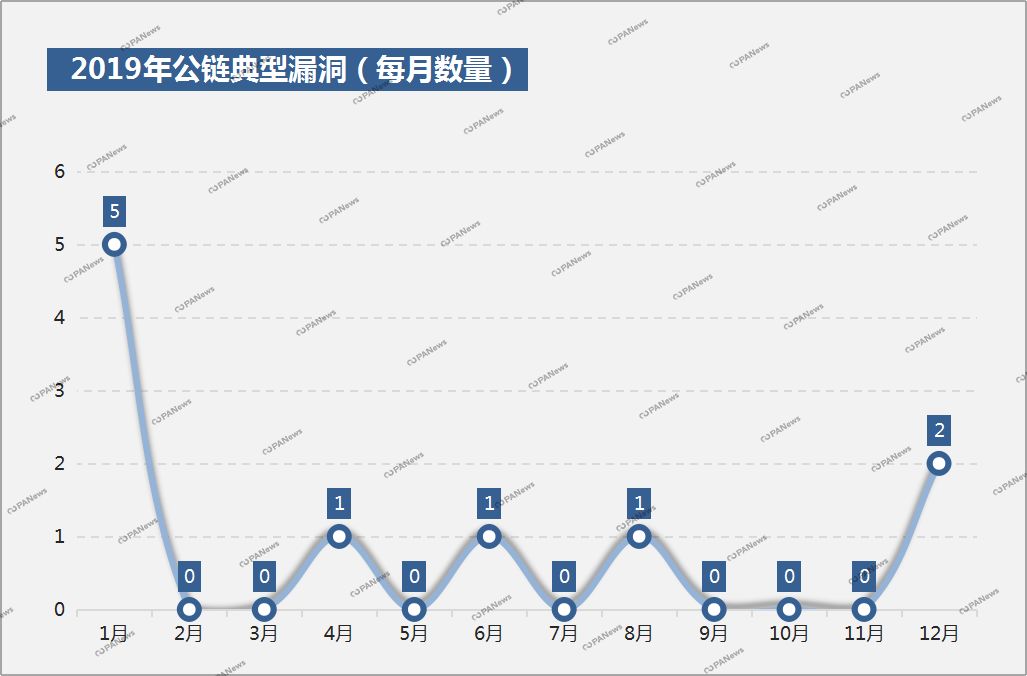
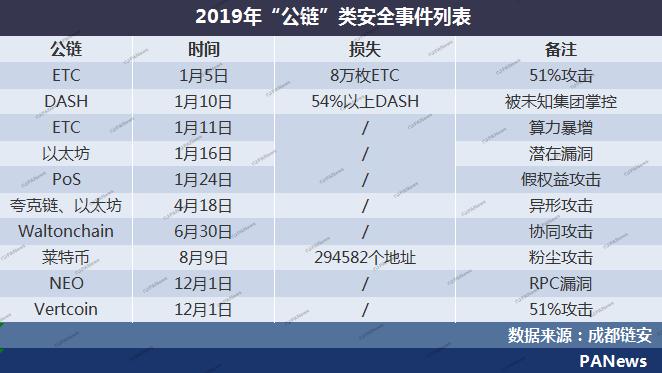

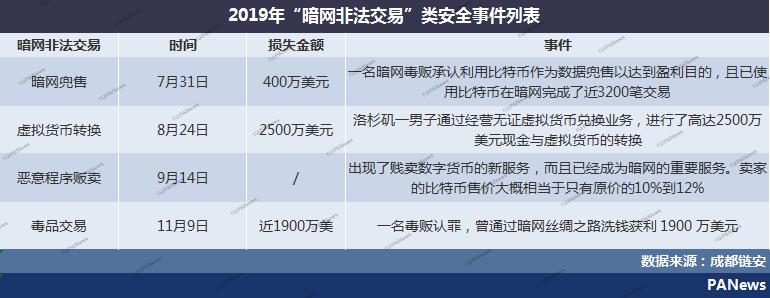

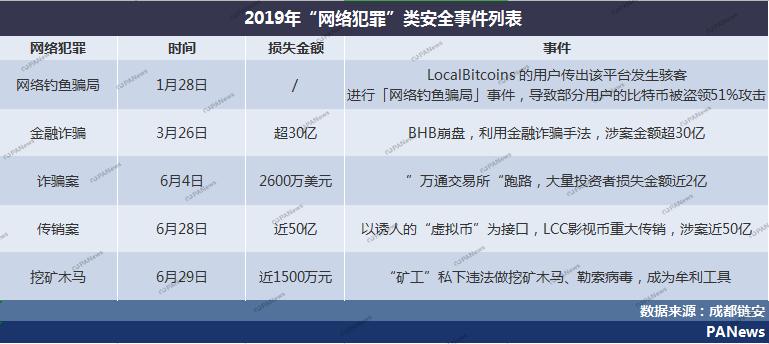
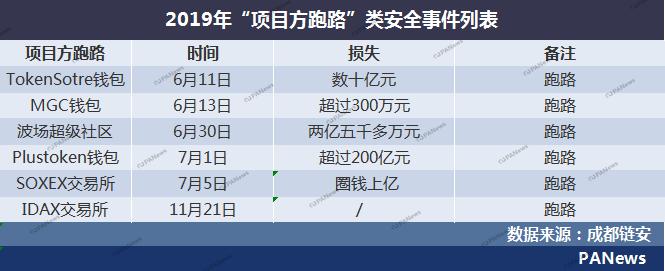


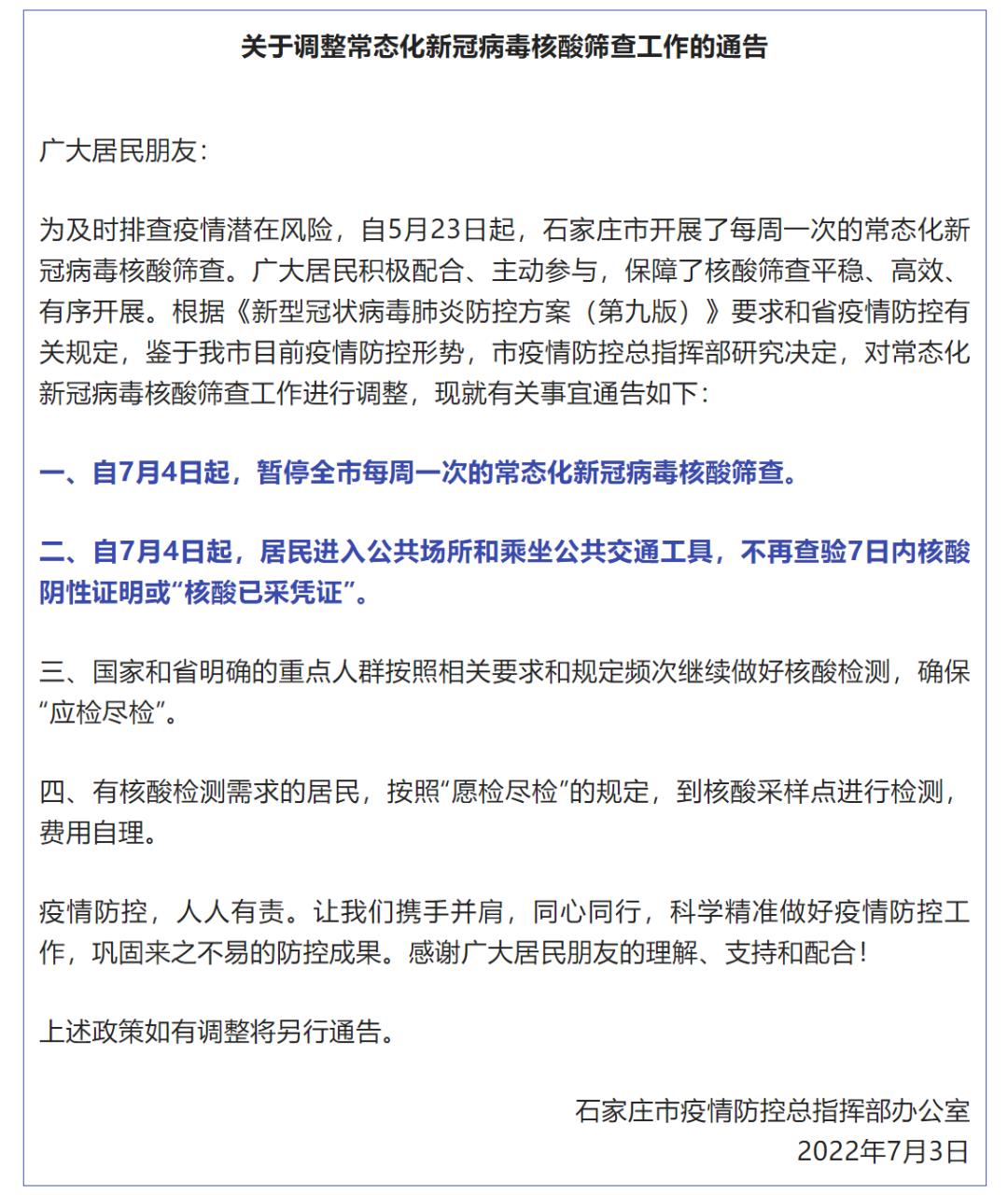 On the same day, sanhe city, Hebei Province issued a message, demanding that commuters should be well managed, and commuters can pass by scanning the "Three Rivers Epidemic Protection Pass" when they return, and no longer require daily nucleic acid testing. Xinji city made it clear that the above adjustments will be implemented from July 5th. The grassroots doctors’ commune noted that the suspension of normalized nucleic acid screening in many cities at the same time was mainly based on the "Several Measures on Comprehensively Implementing the Ninth Edition of the Prevention and Control Plan and Scientifically and Accurately Doing a Good Job in Epidemic Prevention and Control" issued by the Health and Health Commission of Hebei Province on July 2. The document is clear:In areas where there is no epidemic, in principle, weekly preventive nucleic acid screening for all staff is not carried out.
On the same day, sanhe city, Hebei Province issued a message, demanding that commuters should be well managed, and commuters can pass by scanning the "Three Rivers Epidemic Protection Pass" when they return, and no longer require daily nucleic acid testing. Xinji city made it clear that the above adjustments will be implemented from July 5th. The grassroots doctors’ commune noted that the suspension of normalized nucleic acid screening in many cities at the same time was mainly based on the "Several Measures on Comprehensively Implementing the Ninth Edition of the Prevention and Control Plan and Scientifically and Accurately Doing a Good Job in Epidemic Prevention and Control" issued by the Health and Health Commission of Hebei Province on July 2. The document is clear:In areas where there is no epidemic, in principle, weekly preventive nucleic acid screening for all staff is not carried out. 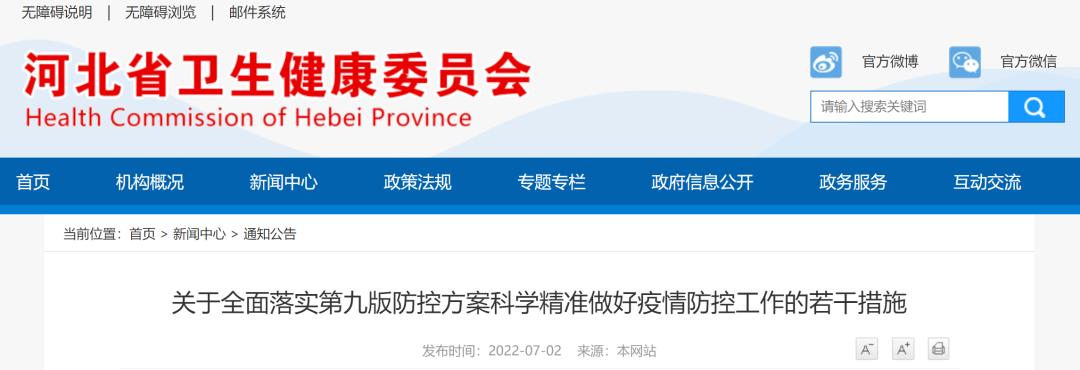 Besides,For those who enter Hebei in areas without epidemic risk, the negative certificate of nucleic acid detection within 48 hours will no longer be checked, and the landing nucleic acid detection will no longer be implemented.Hebei Province requires that all localities and departments should implement the requirements of the Prevention and Control Plan (Ninth Edition) to the letter, immediately adjust relevant prevention and control measures as required, and resolutely prevent the phenomenon of layer upon layer overweight. If the previously issued epidemic prevention and control policies and measures are inconsistent with the Prevention and Control Plan (Ninth Edition), they shall be implemented in accordance with the Prevention and Control Plan (Ninth Edition) and this notice.
Besides,For those who enter Hebei in areas without epidemic risk, the negative certificate of nucleic acid detection within 48 hours will no longer be checked, and the landing nucleic acid detection will no longer be implemented.Hebei Province requires that all localities and departments should implement the requirements of the Prevention and Control Plan (Ninth Edition) to the letter, immediately adjust relevant prevention and control measures as required, and resolutely prevent the phenomenon of layer upon layer overweight. If the previously issued epidemic prevention and control policies and measures are inconsistent with the Prevention and Control Plan (Ninth Edition), they shall be implemented in accordance with the Prevention and Control Plan (Ninth Edition) and this notice.  In order to ensure the simplification of epidemic prevention and control, "one size fits all" and "layers of overweight", the state requires all provinces to announce the channels for complaints and reports from the masses and accept extensive supervision from all walks of life. According to the incomplete statistics of grass-roots doctors’ commune, up to now, the following provinces (cities, districts) have announced the complaint reporting methods about the overweight problem of local epidemic prevention and control.
In order to ensure the simplification of epidemic prevention and control, "one size fits all" and "layers of overweight", the state requires all provinces to announce the channels for complaints and reports from the masses and accept extensive supervision from all walks of life. According to the incomplete statistics of grass-roots doctors’ commune, up to now, the following provinces (cities, districts) have announced the complaint reporting methods about the overweight problem of local epidemic prevention and control.  Although the epidemic has not been completely extinguished, compared with Covid-19, the act of wanton overweight and absurd self-protection is even worse.
Although the epidemic has not been completely extinguished, compared with Covid-19, the act of wanton overweight and absurd self-protection is even worse. 











